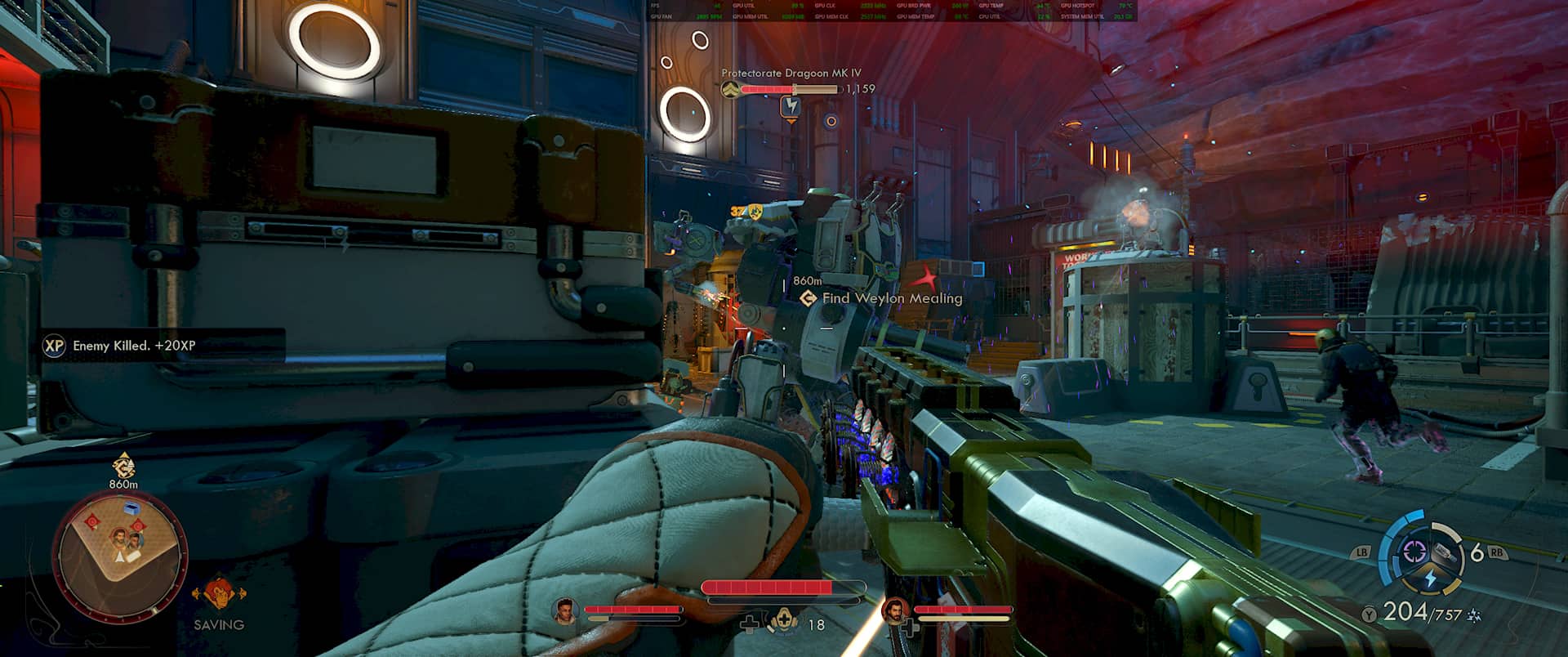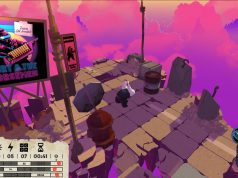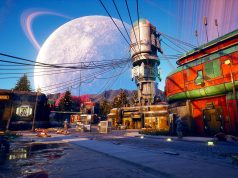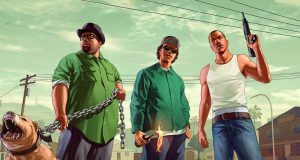Estimated reading time: 10 minutes
Introduction: Refinement Over Revolution
I came into The Outer Worlds 2 as a big fan of the first game, expecting a significant evolution or even a small revolution. What I found is mostly refinement rather than radical change. The game is undeniably prettier than its predecessor: graphics are sharper, lighting is richer, materials feel more detailed, and sound design is excellent.

All told, The Outer Worlds 2 feels like a “B-Movie” blockbuster. It doesn’t try to revolutionize the genre; it tries to perfect a specific 2010-era style of RPG design using 2025 technology. It sharpens what worked in the first game without reinventing the wheel.
World Building & Exploration: The “Anti-Starfield” Approach
The locations in Outer Worlds 2 are very distinct from each other, both visually and in terms of exploration opportunities. You travel to planets like the lush and vibrant Eden, the harsh volcanic world Dorado, the icy and strategic Cloister, and the industrialized hub of Praetor. Each area feels unique, with diverse landscapes, enemy types, and environmental details.
There is a very deliberate design choice here that I grew to appreciate: the game effectively rejects the post-Starfield trend of procedural generation and infinite planets. It sticks to the “Hub and Spoke” design (segmented zones). This is a victory for lovers of “hand-crafted” worlds. In an era of infinite, empty content, TOW2 feels remarkably dense. Every terminal, trash can, and NPC placement in the Arcadia system feels intentional. The “crystalline planet” showcased in the mid-game is a masterclass in level design that guides you without invisible walls—something procedural generation simply cannot replicate.
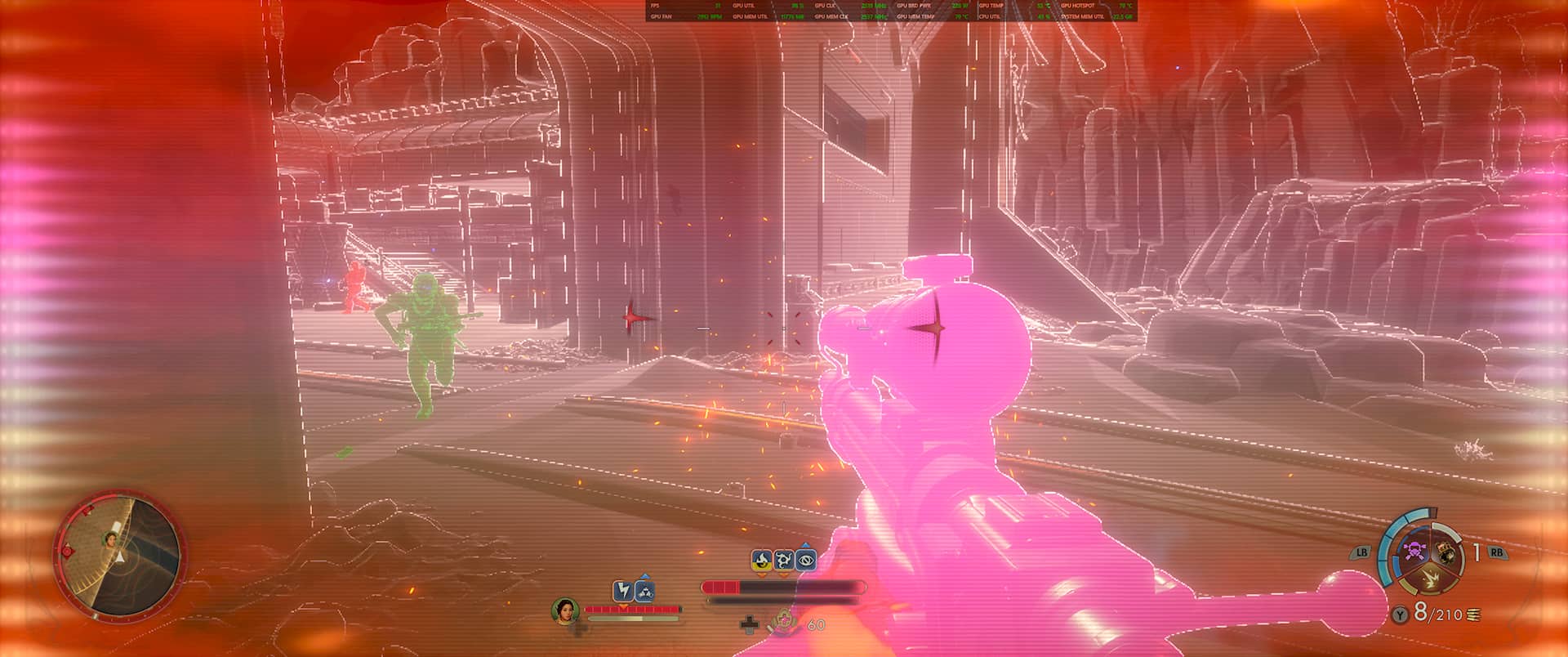
Exploration is rewarding: hidden tunnels, shafts, lockpicking spots, and hacking opportunities encourage you to look around. That said, the story often pushes you forward, and sometimes I let it guide my path rather than exploring every nook and cranny. Even so, moving through these locations gave a strong sense of traveling across a lived-in galaxy, and the environmental variety helps keep the gameplay visually fresh.
However, I have to be critical about the environmental immersion. While visually the game is appealing, it lacks the depth and realism I expect from modern open-world RPGs. Interacting with the environment feels sterile: walking on surfaces, wading into water, or shooting into liquids produces no real visual feedback or consequences. Unlike games like Red Dead Redemption 2, where every interaction with the environment is detailed—footprints in mud, water splashes, debris reacting to bullets—Outer Worlds 2 often feels static. This makes the world less immersive than it could have been. These tiny details might seem minor, but they significantly affect how alive the environments feel. It’s something almost every YouTuber and reviewer notices, and honestly, it’s a big missed opportunity. Rockstar is famous for this kind of meticulous environmental realism, and Obsidian, while strong in storytelling and RPG systems, doesn’t emphasize these micro-details.
Narrative & Writing: Satire, Influence, and Companions
The story is easily the strongest part of the game. From the start, I was engaged by the mysteries and the choices presented to me. The narrative unfolds in a way that keeps you wanting to follow leads, uncover secrets, and see the consequences of your actions. Decisions have a subtle butterfly effect that can change outcomes in interesting ways.
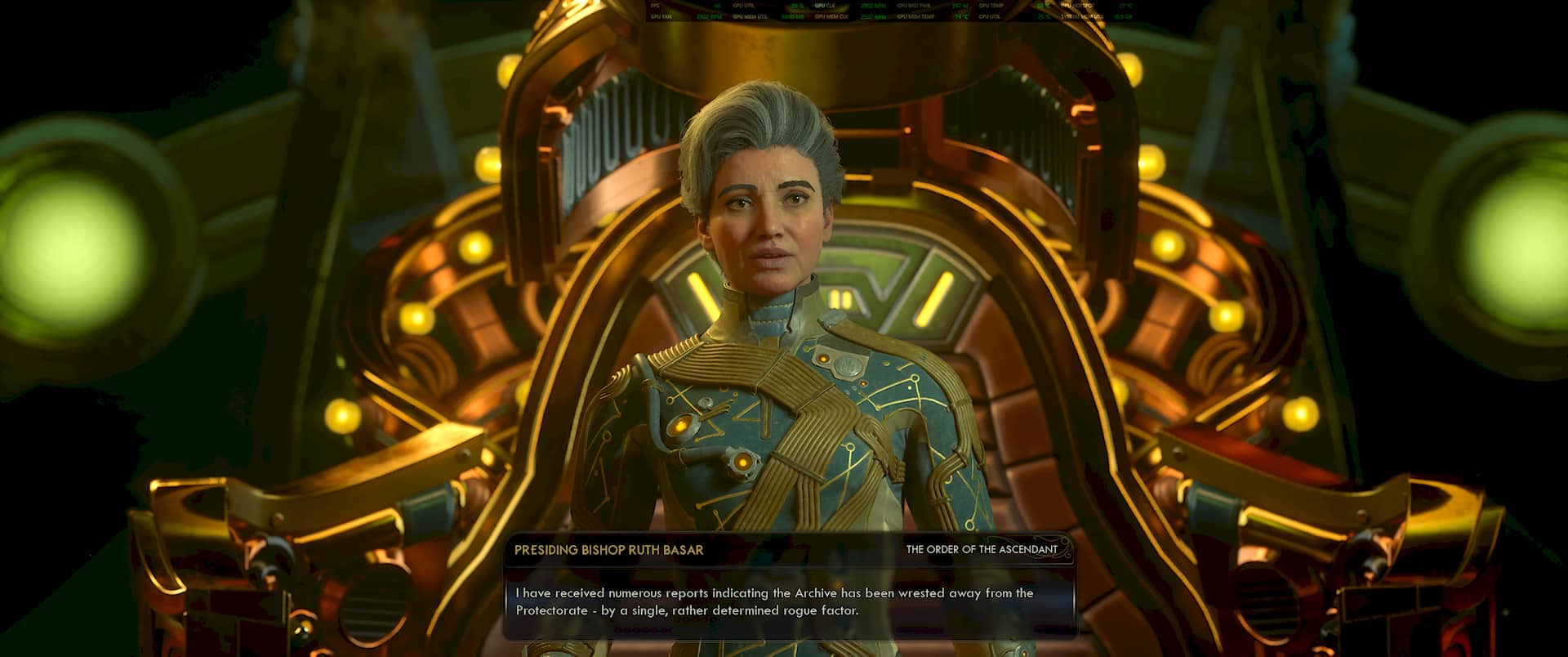
You can feel the influence of original creator Tim Cain here, but also the friction of “Microsoft Polish.” The game feels safer than New Vegas. It lets you be a jerk, but it rarely lets you be truly monstrous in a way that breaks the game world. It feels like a “Theme Park” RPG rather than a “Sandbox” RPG; polished, but lacking that jagged, chaotic edge where you could kill an essential NPC and the game would just deal with it.
The pace of the story is well-handled: early exploration is slower and more investigative, then action ramps up as you progress, with situational puzzles and decisions keeping things dynamic. There is a lot of dialogue—sometimes I even found myself skipping lines toward the end—but the writing remains compelling, and humor is sprinkled in effectively. Different factions, philosophies, and corporate agendas (from the Protectorate to the philosophical Order of the Ascendant, capitalist corporations, and cults) make the universe feel layered.
I did feel a bit of “Satire Fatigue” at times. The “Corporations are bad/stupid” humor was fresh in 2019, but hearing an NPC scream about “Auntie’s Choice” profit margins for the 50th time yields diminishing returns. While some jokes and references repeat, overall, the tone keeps things lively and the humor lands often enough to be enjoyable.
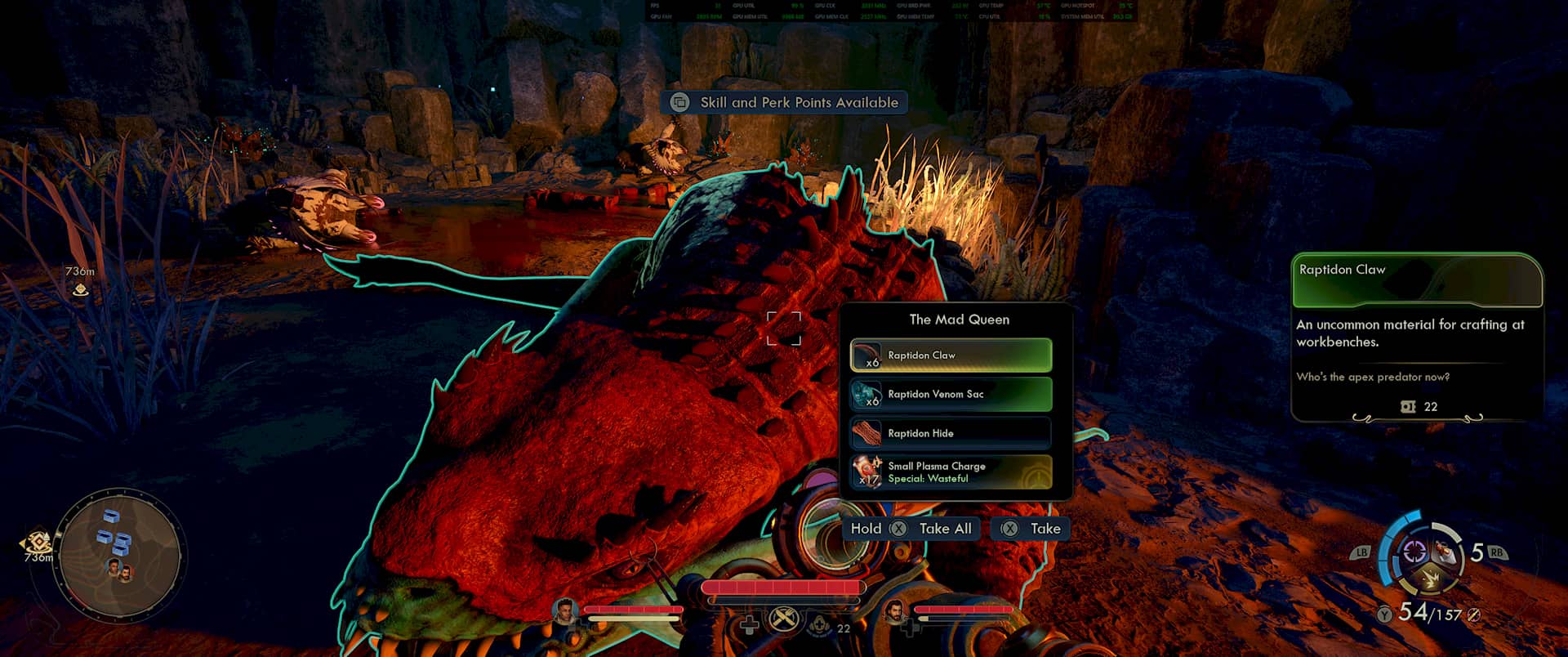
The Companions—Niles, VALERIE, Inez, Aza, Tristan, and Marisol—save the tone. Companions in this game are well-crafted and have more depth than I initially expected. Each has a distinct personality, backstory, and questline. The writing for the crew has pivoted nicely from the first game. It feels less about them being victims of capitalism and more about how they find meaning despite it. The crew feels more like a found family and less like walking billboards for world-building. I liked them all, though I didn’t feel quite as emotionally attached to any of them as I did to Parvati in the first game. Still, their storylines are satisfying, and you can play a lot with each to conclude their personal arcs, which adds replayability.
Gameplay Loops: Streamlining the Experience
Gameplay mechanics feel very familiar, which can be both comforting and disappointing. Stealth is possible, but not especially deep; pickpocketing can make things easier, but it’s not revolutionary. Combat is enjoyable, with solid pacing, satisfying gunplay, and useful gadgets like the N-Ray to expose weak points.
A major shift that casual players might miss is the removal of base Attributes (Strength, Intelligence, etc.) in favor of a pure Skill/Perk system. Purists might hate this, but it actually fixed the “Jack of All Trades” problem from the first game where high Intelligence buffed too many things. Here, you have to commit. For example, the new “Shadow Build” viability—using specific perks like Ghost and Sleight of Hand—allows for a genuine stealth run that wasn’t fully possible before.
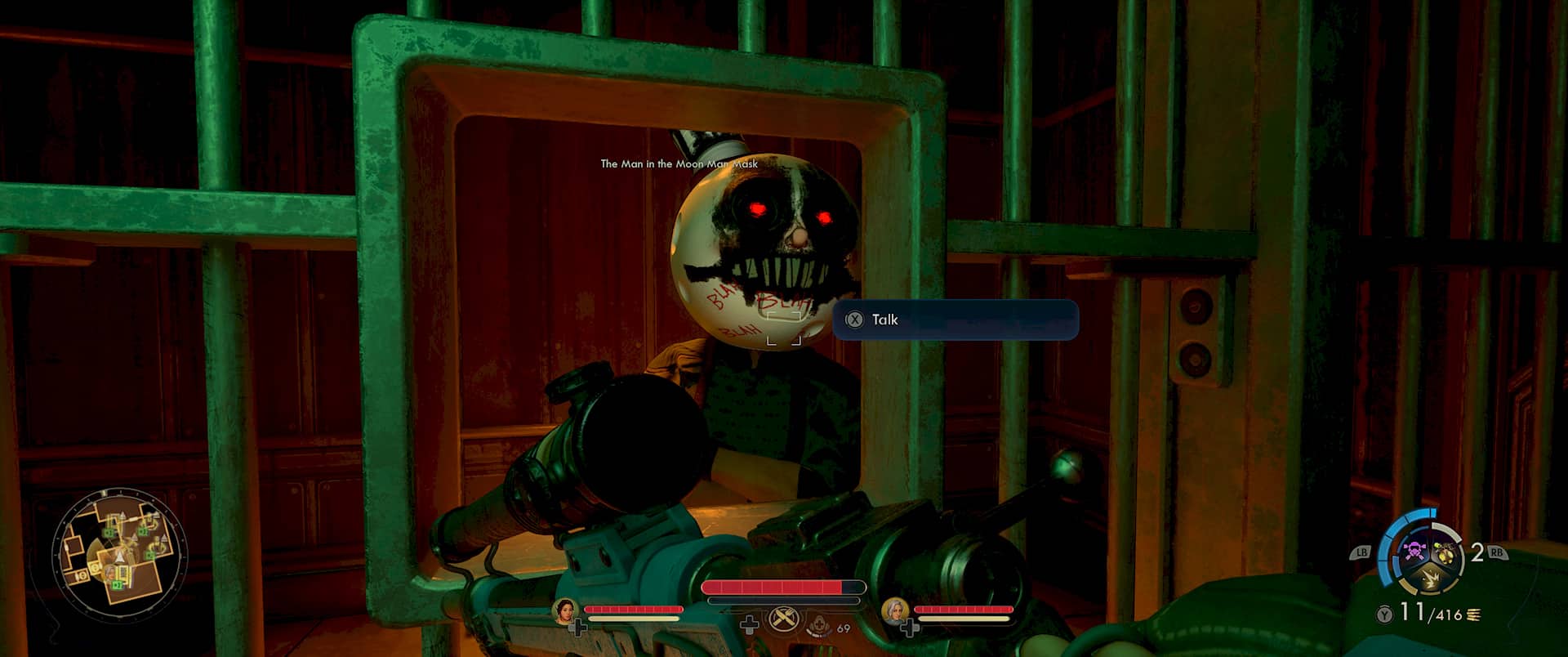
I mostly played ranged combat to practice my FPS skills, but melee is viable too. You can customize weapons extensively, choose perks, and mod your gear, though in practice I stuck with a few favorites throughout. By the end, combat became easier due to leveling and perks, so I could breeze through encounters. The dynamic perk/flaw system exists, assigning trade-offs based on how I played, but I didn’t feel it strongly influence my choices—it’s subtle, and I may have missed some of the effects.
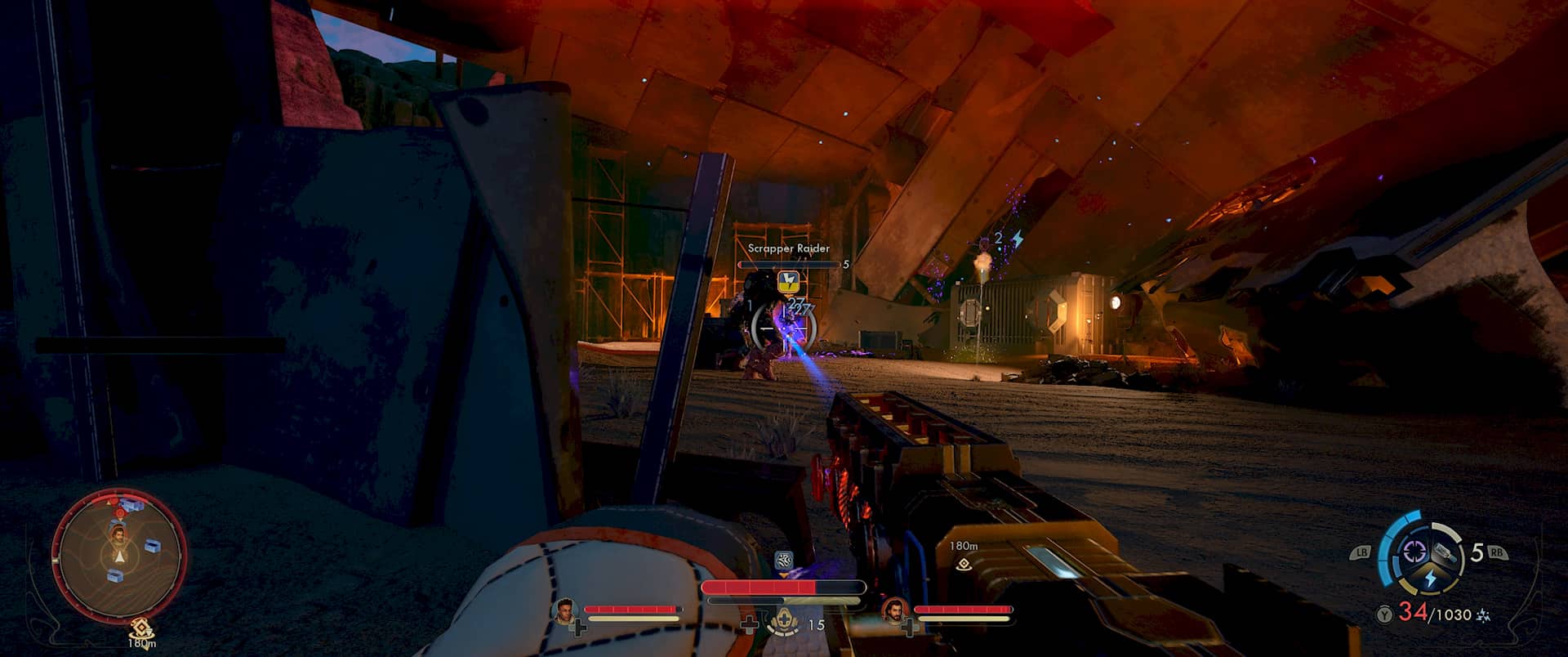
Crafting, inventory, and progression are deep, perhaps a little too deep. There are so many weapons, mods, and items that managing them can feel overwhelming. Still, when I settled on a few favorites, those tools felt powerful and reliable. The game’s leveling system is generous, but by the end, I realized combat became easier because I had stacked perks, weapon mods, and skill points. This reinforces that the game encourages you to “build tall” rather than “build wide.”
Technical Performance & Audio Design
I played on both Xbox and my mid-range PC (with a Radeon 7800 XT), and the game ran very smoothly at the highest settings. There were a few crashes along the way—Unreal Engine popped up its usual error message a couple of times—but nothing game‑breaking.
Moving to Unreal Engine 5 didn’t just make the game “prettier”; it changed the storytelling presentation. In the first game, conversations were static “shot-reverse-shot” camera angles. TOW2 utilizes dynamic blocking during dialogue. NPCs move, fidget, and interact with the environment while talking to you. It sounds minor, but for an RPG that is 60% talking, it kills the “talking head” fatigue that plagues Bethesda games. However, one thing I noticed is that characters sometimes blur or disappear when you get very close, a minor but slightly distracting visual glitch I’ve seen before in other Unreal Engine titles.
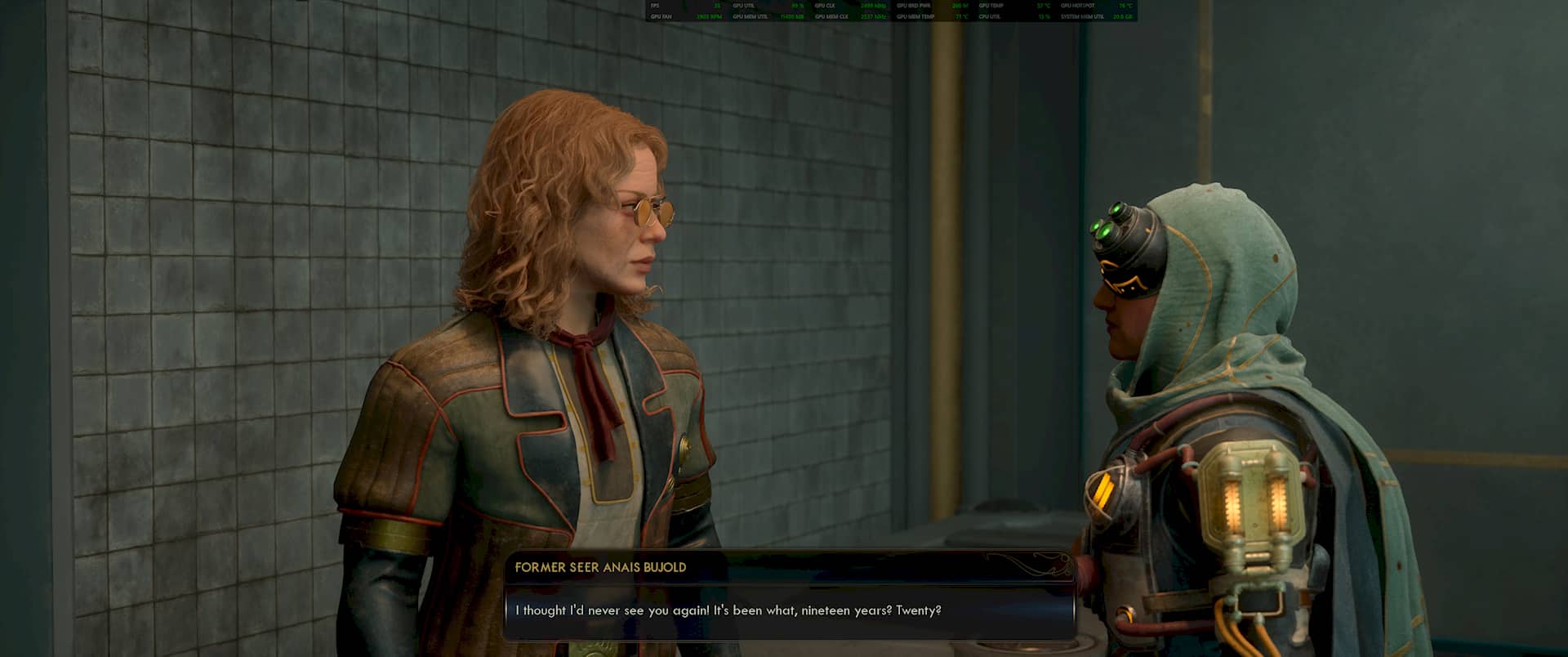
One of the biggest highlights for me is the soundtrack and sound design. The music stayed with me long after playing—I even caught myself humming the main theme—and the sound effects, from weapon fire to environmental cues, are top-notch. These elements make the world feel immersive, and I often found myself connecting with it just through the audio.
Technically, the controls are solid. Fast travel works well, though aligning your cursor on the map or vending machines can be slightly finicky with a controller. Other than that, the interface is clear, and the experience is smooth.
Conclusion: A Solid, Polished RPG
The ending is immersive and satisfying. Without spoiling anything, the story wraps up in a way that feels earned and climactic. While the game doesn’t revolutionize the genre, the combination of narrative, humor, exploration, companions, and combat makes it a compelling RPG experience. Replayability is high: your choices matter, each companion has their own arc, and you can pursue different paths to see new outcomes.
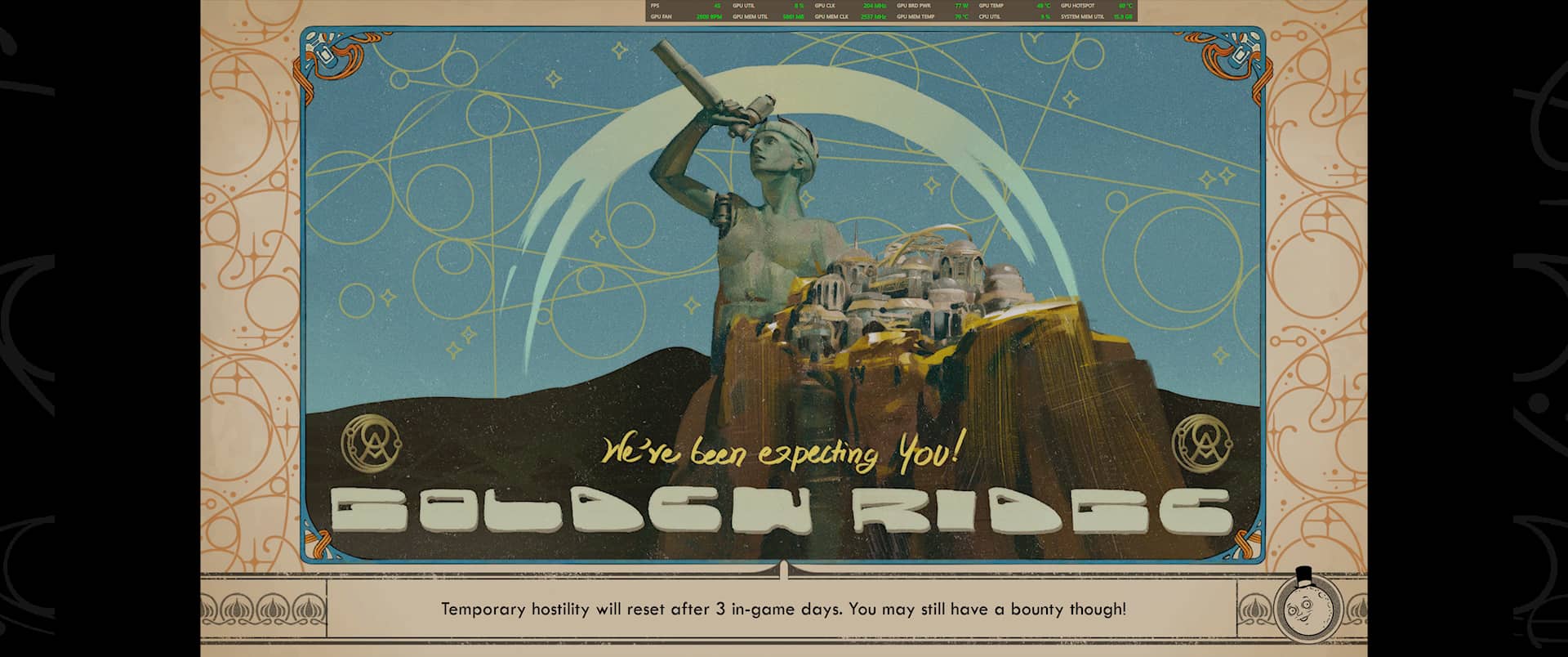
My biggest criticism is the sterile environmental interactivity—the lack of detail in surfaces, water, and environmental feedback—makes the world feel less alive than it could have been. I’m a fan of the IP and where it’s going, and while I wish the developers had taken more bold risks, I still enjoyed my time in this universe. For me, it’s a thoughtful, well-made sequel that fans of the first game and RPG lovers in general will appreciate.
About the Game
Title: The Outer Worlds 2
Type of Game: Action FPS/RPG
Developer: Obsidian Entertainment
Publisher: Xbox Game Studios
Release Date: October 29, 2025
Platforms: Xbox Series X|S, Windows
Reviewed on: PC and Xbox
Where to Purchase The Outer Worlds 2
- G2A — The Outer Worlds 2 PC Steam Account (affiliate link) or Xbox Key (affiliate link)
- Steam store.steampowered.com
- Xbox Store on Xbox.com
